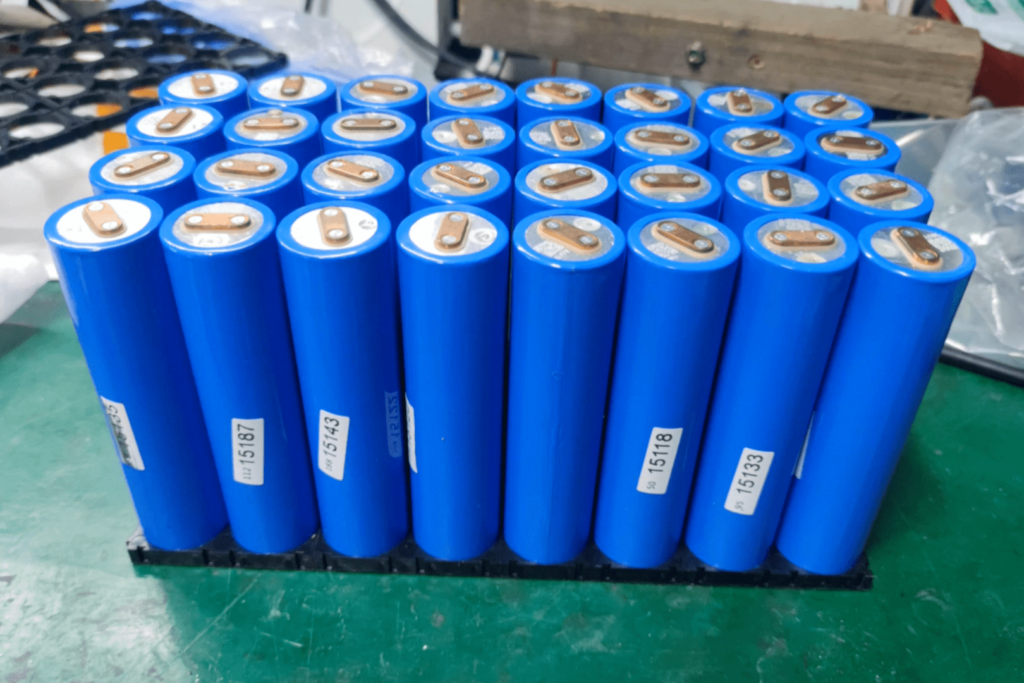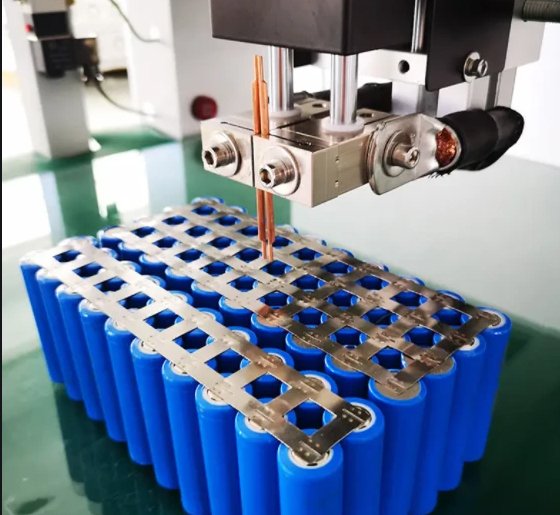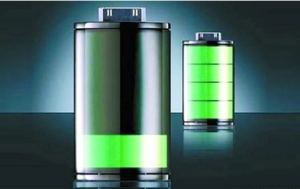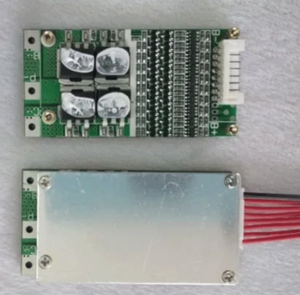Lithium battery protection board (Battery Protection Board) is an electronic component used to protect lithium batteries. Its main function is to monitor and control parameters such as battery voltage, current, and temperature to ensure the safe operation of the battery. When the lithium battery protection board fails, it may cause a variety of problems. The fault analysis and solutions will be analyzed in detail below.

1. Lithium battery protection board fault analysis:
1. Reasons why the protective board fails to charge or discharge:
(1) Component damage: Components in the protection board such as protection chips, inductors, capacitors, etc. may be damaged due to long-term use or external factors.
(2) Poor welding connection: Poor contact at the welding point or substandard welding quality causes the internal circuit of the protection board to be unable to energize normally.
(3) Component aging: After long-term use, the components in the protection board may age, fatigue, and fail to work properly.
2. The reasons why the battery charge and discharge are unbalanced, the protection board monitors the cell voltage incorrectly or the balance control function fails:
(1) Inaccurate cell voltage monitoring: The monitoring circuit or components in the protection board may have failed or been calibrated incorrectly, resulting in inaccurate cell voltage monitoring.
(2) Failure of the balancing control function: The components or circuits in the protection board responsible for balancing the voltage of the battery cells may malfunction, making balancing control impossible.
3. Overcharge or over-discharge protection fails, the voltage monitoring circuit of the protection board fails, the protection parameters are set incorrectly, or the protection chip fails, etc.
(1) Voltage monitoring circuit failure: The voltage monitoring circuit in the protection board may be interfered by external factors or damaged components, and cannot accurately detect the battery voltage.
(2) Protection parameter setting error: The parameter setting in the protection board is incorrect, causing overcharge or over-discharge protection to fail to trigger.
(3) Protection chip failure: The protection chip used in the protection board may be damaged or faulty, and cannot properly perform the overcharge or over-discharge protection function.
4. Temperature protection failure, temperature sensor failure or temperature protection trigger circuit failure.
(1) Temperature sensor failure: The temperature sensor in the protection board may be damaged or subject to external interference, and cannot accurately monitor the battery temperature.
(2) Temperature protection trigger circuit failure: The circuit or component responsible for monitoring and triggering temperature protection in the protection board fails, and the temperature protection control cannot be performed normally.
5. Short circuit or overcurrent protection fails
(1) Inaccurate current detection: The current detection component in the protection board may fail or be inaccurately calibrated, resulting in inaccurate current monitoring.
(2) The circuit or component responsible for triggering the overcurrent protection in the circuit board may be damaged or failed, and cannot correctly judge and respond to abnormal current conditions.
(2) Overcurrent protection components are damaged: Overcurrent protection components in the protection board, such as overcurrent fuses, current sensors, etc., may be damaged by overload or current impact.

2. Solution to lithium battery protection board failure:
1. Failure of the protective board results in inability to charge or discharge.
(1) Replace the lithium battery protection board with a new one and ensure that the welding connection is firm and reliable.
(2) Check and repair welding connection problems, ensure smooth circuit, and replace failed protective board components.
2. Battery charge and discharge are unbalanced
(1) Check the accuracy of monitoring the voltage of each cell by the protection board to ensure the normal operation of the monitoring circuit.
(2) Adjust or replace failed balance control components to ensure battery charge and discharge balance.
3. Overcharge or over-discharge protection fails
(1) Check the voltage monitoring circuit of the protection board to ensure its normal operation and calibrate parameters to ensure accurate detection of battery voltage.
(2) Check the protection parameter settings and the working status of the protection chip, and repair or replace failed protection components.
4. Temperature protection failure
(1) Check the working status of the temperature sensor to ensure that it accurately monitors the battery temperature.
(2) Check the temperature protection trigger circuit and repair or replace the faulty components to ensure the normal operation of the temperature protection function.
5. Short circuit or overcurrent protection fails:
(1) Check the working status of the current detection component to ensure accurate current monitoring and calibrate parameters.
(2) Check the overcurrent protection trigger circuit and repair or replace faulty components to ensure that the overcurrent protection function is effective.
When analyzing and solving lithium battery protection board failures, it is necessary to comprehensively consider various possible causes and take corresponding measures to troubleshoot and repair. It is important to ensure that inspection and maintenance work is carried out by personnel with the professional knowledge and skills to ensure safe and accurate operations. In addition, regularly check and maintain the lithium battery protection board to prevent potential failures and improve the safety and stability of lithium batteries.




